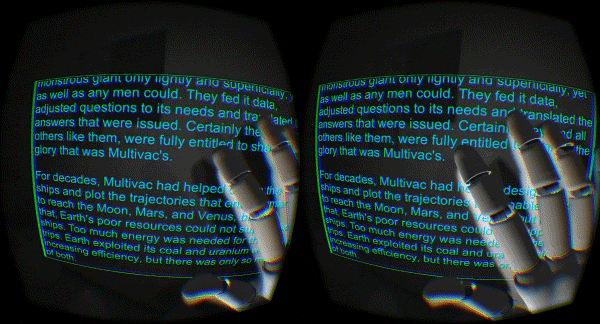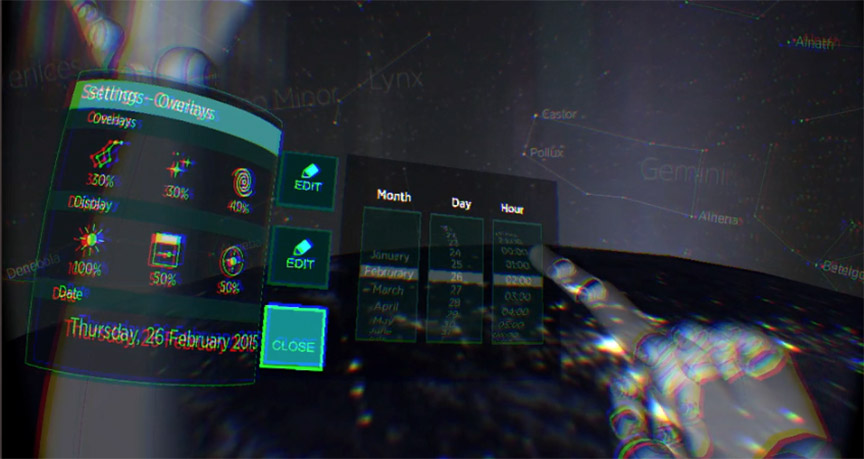What if you could disassemble a robot at a touch? Motion control opens up exciting possibilities for manipulating 3D designs, with VR adding a whole new dimension to the mix. Recently, Battleship VR and Robot Chess developer Nathan Beattie showcased a small CAD experiment at the Avalon Airshow. Supported by the School of Engineering, Deakin University, the demo lets users take apart a small spherical robot created by engineering student Daniel Howard.
Nathan has since open sourced the project, although the laboratory environment is only available in the executable demo for licensing reasons. Check out the source code at github.com/Zaeran/CAD-Demo.




